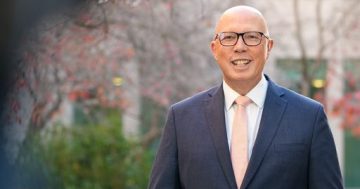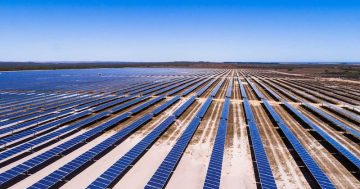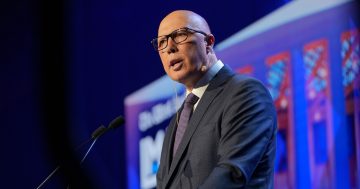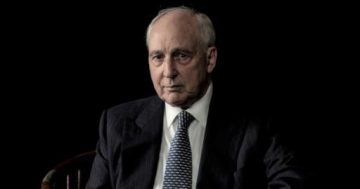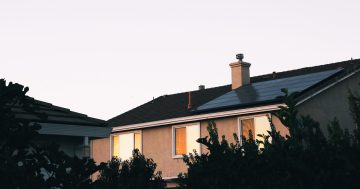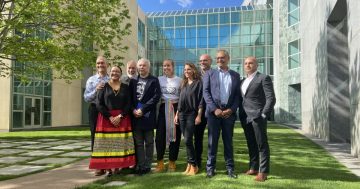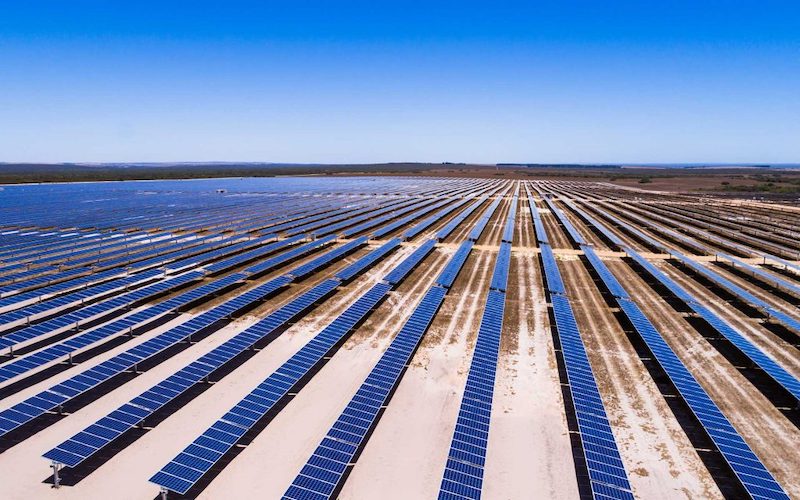
Clean energy projects just got a $2b boost thanks to Federal Government funding allocations. Photo: Australian Renewable Energy Agency.
The Federal Government is pushing ahead with its renewable energy focus with an additional $2 billion being channelled into the Clean Energy Finance Corporation (CEFC) that it says will make the transition to clean energy easier.
While the government has added funds to the CEFC for specific projects, the CEFC’s general portfolio has not been recapitalised since it was legislated in 2012.
The latest investment was provisioned for in December’s Mid-Year Economic and Fiscal Outlook (MYEFO) and will allow the CEFC to offer significant savings for households and small businesses making the switch to renewable energy.
The announcement, made on Thursday (23 January), follows one days earlier of another $2 billion investment in the Australian-made aluminium industry.
Anthony Albanese said the CEFC investment formed part of Labor’s Future Made in Australia vision and would support Australian households, workers and businesses capitalise on our natural resources.
It will also make it easier for them to shift to cheaper, clean, reliable, renewable energy.
“Labor’s plan for a Future Made in Australia is very clear: we want Australia to make more things here,” the Prime Minister said.
“This boost to the Clean Energy Finance Corporation is expected to unlock around $6 billion worth of private sector investment, supporting local good well-paid jobs, energy security and economic growth.
“We are building Australia’s future, not taking Australia backwards.”
Opposition Leader Peter Dutton, however, insists nuclear energy has to be in Australia’s energy mix in order to provide cheap energy and attract investment.
The anticipated $6 billion of private investment the PM is talking about is expected to come from global as well as local organisations keen to capitalise on Australia’s future energy ambitions.
Last year, the CEFC, which the government claims as the world’s largest dedicated green bank, invested more than $4 billion in local projects unlocking about $12 billion in private investment flowing through to regional areas, local Australian manufacturers and industry.
It supported more than 4000 jobs.
Climate Change and Energy Minister Chris Bowen said the CEFC had a major role in helping meet Australia’s emissions reduction targets, with its finance helping deliver projects that ensured Australia’s overall emissions continued to decrease.
“The world is shifting to net zero. That means there are big opportunities and big benefits for Australia, so long as it acts now to make the most of demand for clean energy and inputs globally,” Mr Bowen said.
“We’re getting on with the changes needed to make the most of Australia’s natural comparative advantage, having some of the best sun, wind, and critical mineral resources in the world.
“Meanwhile Peter Dutton’s only answer to how he’d make things better is to throw this opportunity away, cancel the programs and the projects that are working to make Australia better right now, and wait 20 years to build the world’s most expensive form of power. It’s madness.”
The Opposition Leader has a plan for seven nuclear power stations he will build across Australia if the Coalition wins the next federal election.
A Dutton-led federal government would own the assets but form partnerships with experienced nuclear companies to build and operate them.
A community partnership would also be formed in each host community, consisting of experienced local representatives, to help with local engagement and play a role in planning the future of their regions.
Speaking to the media this week, Mr Dutton described Labor’s energy policy as a shambles and said the Coalition would provide the right mix of energy options into the future.
“We believe strongly in renewables, and they need to be firmed up by nuclear power, which is what 19 of the top 20 economies in the world are doing. Australia is the only one not,” he said.
“So I want to achieve our net zero by 2050 outcome. I want to make sure that we are responsible in terms of our environmental footprint – 22,000 solar panels a day is a big impact on the environment, on wildlife, on all sorts of economic impacts on adjoining properties and local farming communities, and the Prime Minister doesn’t talk anything of that.
“All he’s interested in is winning votes in Green seats in inner city Sydney and Melbourne, and he’s forgotten about people in the regions and in outer suburbs.
“That is not how I will run our government, along with our senior ministers and leadership team, if we win at the next election.”
The CEFC works in partnership with retail banks and consumer bodies to help households and businesses to reduce emissions and lower power bills through delivering low-cost loans.
It has investment commitment of close to $18 billion in more than 380 major transactions, delivering estimated lifetime emissions savings of more than 160 million tonnes, and seeing $5.4 billion of this capital already repaid.
